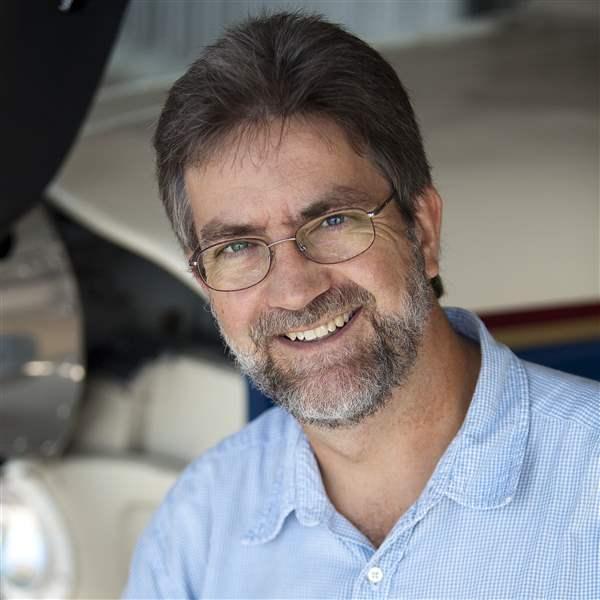Find your Route 66
For some good friends who live on a grass strip north of Atlanta, it's the perfect dawn patrol. They preflight early and launch at first light, so that they can be aloft over rural Cherokee County when the first rays of the sun peek over the eastern horizon, the orange rays dancing across the morning mist.
Another friend likes to take long summer vacations and fly his two-place Luscombe taildragger from North Carolina to Alaska, following the Alaska Highway across the rugged wilds of northwestern Canada.
Near Richmond, Virginia, there's a pilot with an interest in history who's fond of following major Civil War campaigns from the air - especially those where the significant battles did not take place on the final approach paths to busy airports with airline service. For a time he exercised the privileges of his commercial pilot certificate by taking along paying passengers.
You get the picture, but not like my fellow aviation photographer Russell Munson. Munson, who lives in New York City, adopted as his quest U.S. Highway 66. Route 66, the "mother highway," once ran 2,400 miles from Chicago to Santa Monica, California, but much of it has been buried under the interstate highways that replaced it, or simply abandoned.
He followed Route 66 from east to west, low and slow, playing with the shadow of his Piper Super Cub on the highway below - and taking lots of photos. These photos are rich and colorful in the best of the photojournalistic tradition, not precise and sterile overhead images like those discussed in "View from Above" (p. 50). Munson, who previously published a collection of his photography and writing in the book Skyward - Why Flyers Fly, chose this time to produce a multimedia program on DVD.
"The soul of Route 66 is the spirit of the road," muses Munson, who said his frequent moves as a child caused him to identify with the transient nature of Route 66. Weather delays would be expected on a VFR trip of 2,400 miles, "but that's part of the fun," he added. One rain-induced layover led him to the discovery that the large tables in coin laundries are perfect for flight planning.
Munson's photography ranges from the muted pastels of Oklahoma farmland to the dramatic desert color of New Mexico and Arizona. He also shows, and tells, a lot of this storied road's history.
The U Drop Inn caf� is an art deco treasure in Shamrock, Texas. Near Amarillo, Texas, is the Cadillac Ranch art project - 10 classic tail-finned Caddies half-buried in a line parallel to the former Route 66 (now Interstate 40). Tucumcari, New Mexico, said Munson, was "built by transients, for transients, in the middle of nowhere - which makes it a great stopping place on the way to somewhere." Munson paused there.
In Santa Rosa, New Mexico, is the Santa Rosa Route 66 Airport with 4,400- and 5,000-foot runways - one of which, according to Munson, is actually a stretch of the original Route 66. The runways' length is necessitated at least in part by the airport's elevation of 4,790 feet above mean sea level; before taking off from there, you probably want to consider density altitude regardless of the outside temperature.
I'd heard that song - the one with the refrain "Get your kicks on Route 66" (which Munson does not use, opting instead for an original musical score - but didn't know that the highway had such a following. There are Route 66 clubs, motorcycle tours, auto rallies, even a magazine.
I haven't decided what I'll undertake for my own "Route 66." I've always wanted to fly the mighty Mississippi from its headwaters in Minnesota to its delta in Louisiana. The shorter Ohio River would make a good warm-up. It would also be interesting to follow the route of the first transcontinental railroad, which would take me out West where I haven't done much general aviation flying.
What about you?
Munson's DVD, which runs approximately 40 minutes, is available for $29.99 from Sporty's Pilot Shop; for more information or to order, call 800/LIFTOFF or visit the Web site.



